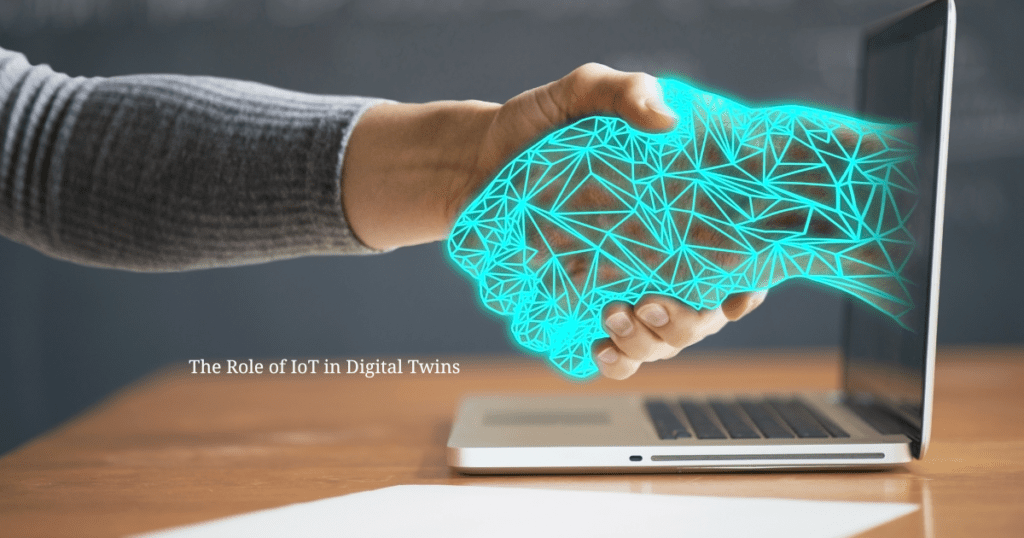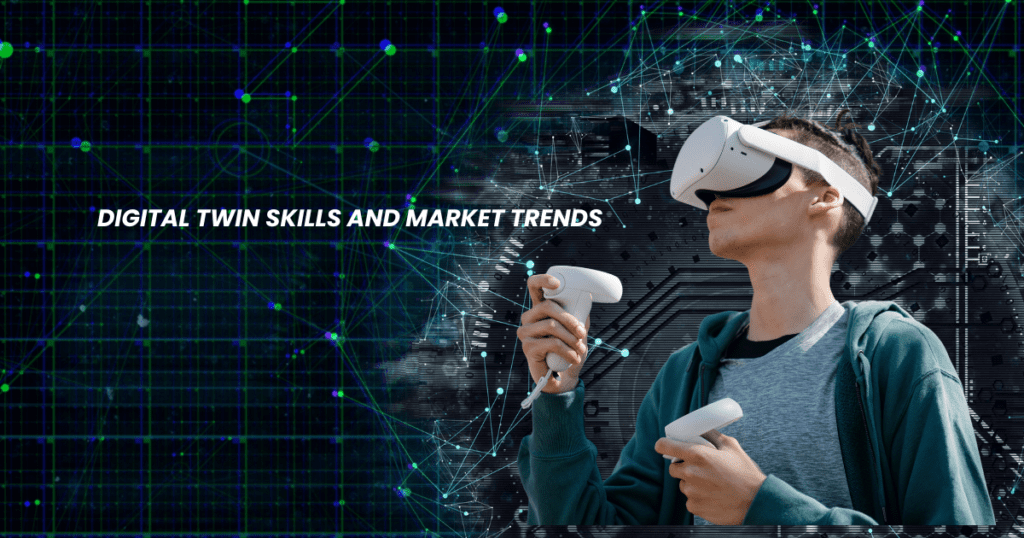Digital twins, virtual replicas of physical devices, have evolved from their roots in manufacturing to play a crucial role in the convergence of the Internet of Things (IoT), artificial intelligence (AI), and data analytics. These virtual counterparts enable data scientists and IT professionals to simulate scenarios, optimize performance, and analyze real-time IoT data.
Understanding Digital Twins
A digital twin is essentially a digital representation of a physical object or system, expanding beyond its origins at NASA to encompass buildings, factories, and even entire cities. Some proponents argue that people and processes can also have digital twins, broadening the concept further.
Building and Operating Digital Twins
Digital twins are meticulously crafted by specialists, often experts in data science or applied mathematics. These digital replicas simulate real-world counterparts, receiving input from sensors on physical devices to provide real-time insights into performance and potential issues. They can be based on prototypes, offering valuable feedback during the refinement process or even serving as prototypes themselves.
Digital Twins vs. Simulations
While the terms “simulation” and “digital twin” are sometimes used interchangeably, they differ significantly. Simulations are designed in a virtual environment, often during the product design phase, whereas digital twins are built using real-time data from IoT sensors, replicating and evolving with real-world systems over time.
Diverse Applications of Digital Twins
Digital twins find applications across various sectors. In manufacturing, factories use digital twins to simulate processes, while automotive digital twins leverage telemetry sensors in cars. Healthcare explores the potential of creating digital twins of individuals for monitoring and predicting well-being.
Types of Digital Twins
IBM categorizes digital twins based on complexity, ranging from component or part twins to process twins that provide a top-level view of entire systems. The complexity increases as more components are added, and interoperability challenges may arise when integrating components from different manufacturers.
The Role of IoT in Digital Twins

The proliferation of IoT sensors is a key enabler of digital twins, allowing for the creation of virtual replicas of smaller and less complex objects. Digital twins, coupled with data analytics, optimize IoT deployments for efficiency and aid in pre-deployment planning.
Vendors and Future Trends
Building digital twins is a complex task, and commercial offerings come from industry giants like GE, Siemens, IBM, and Microsoft. The digital twin market, valued at nearly $8 billion in 2021, continues to expand beyond manufacturing, with applications emerging in pharmaceuticals, retail, and even ambitious projects like creating a digital twin of entire countries.
Benefits and Risks
Digital twins offer real-time insights, reducing maintenance burdens and potentially saving costs. However, caution is advised, as Gartner highlights concerns about cost, security, privacy, and unnecessary complexity associated with digital twins.
Digital Twin Skills and Market Trends

Becoming proficient in digital twin technology requires expertise in machine learning, AI, predictive analytics, and other data science capabilities. As the digital twin market grows, big companies are leading the way, offering their expertise to those looking to leverage this transformative technology.
Conclusion
the significance of digital twins in the IoT era is profound and transformative. These virtual replicas of physical objects and systems, fueled by real-time data from IoT sensors, have transcended their origins in manufacturing to become indispensable tools across diverse sectors. As technology giants invest in digital twin solutions, the market continues to expand, reaching beyond manufacturing into areas such as healthcare, retail, and even ambitious national projects.
The benefits of digital twins are evident in their ability to provide real-time insights, optimize performance, and reduce maintenance costs. However, caution is warranted, as complexities associated with cost, security, and privacy challenges may arise. As the digital twin market evolves, the demand for specialized skills in machine learning, AI, and predictive analytics is on the rise.
As we navigate the IoT era, digital twins stand as powerful assets, offering a dynamic bridge between the physical and digital realms. With their ability to simulate, analyze, and predict, digital twins are shaping a future where efficiency, innovation, and informed decision-making converge in a seamless and interconnected landscape.
